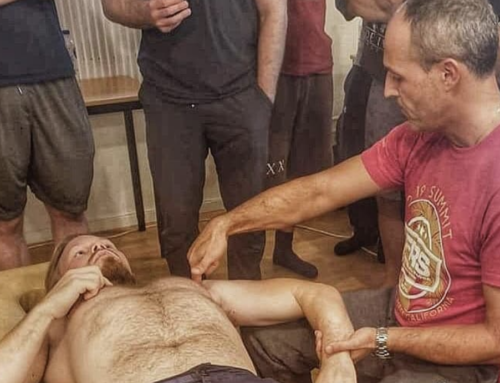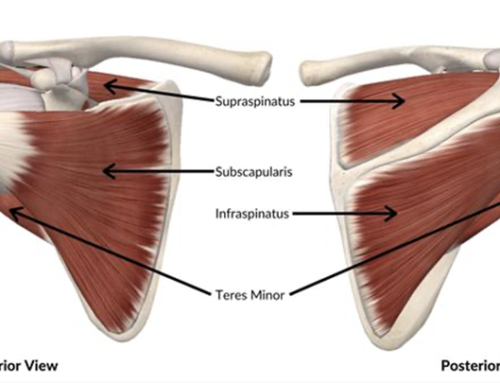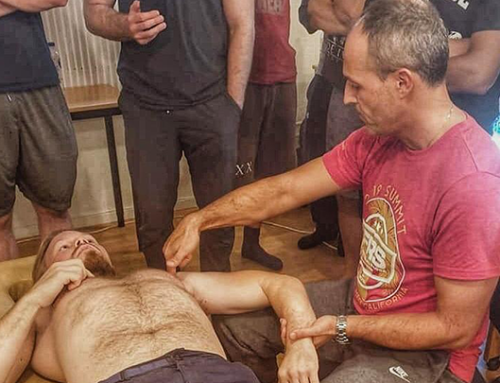Research Review: Valgus Stability of the Elbow
By: Dr. John Saratsiotis, FRS Master Instructor @DrJohnSaratsiotis
The last few years, the prevalence of ulnar collateral ligament (UCL) injury and resultant elbow surgeries (TommyJohn) in baseball pitchers of all ages is increasing disturbingly.
During the throwing motion, the tensile load on the UCL has been estimated to exceed its failure strength, leading to injury.
injury load > tissue capacity
Interestingly, a very recent study concluded that individual Flexor Digitorum Superficialis (FDS) contraction, particularly of the index and middle fingers directly impact elbow dynamics and medial joint distance (MJD) more than that of the ring finger and contributed most to stabilization against valgus stress. This is because the FDS connective tissue fibres have a tendency to blend into the UCL and medial elbow joint due to the continuity in their biological components or BIOFLOW.
Therefore, properly assessing the FDS as well as loading this tissue during rehabilitation can prove to be a component in effective and efficient rehabilitation. In the early stages of rehabilitation, Functional Range Release can be used to provide specificity in diagnosis as well as early direction specific loading stimuli combined with PAILs contractions.
1. Hoshika S, Nimura A, Takahashi N, Sugaya H, Akita K. Valgus stability is enhanced by flexor digitorum superficialis muscle contraction of the index and middle fingers. J Orthop Surg Res. 2020;15(1):121.





